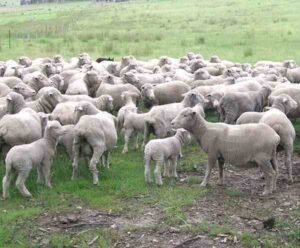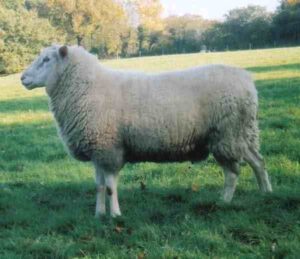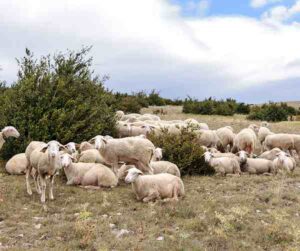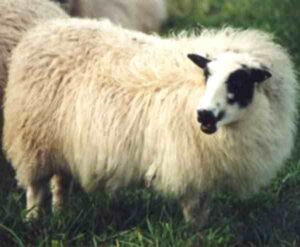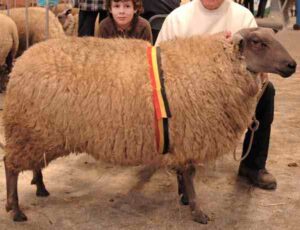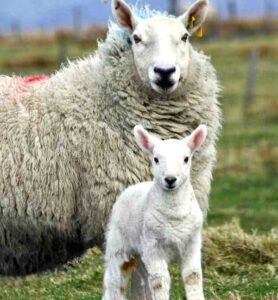The Elliottdale sheep is a breed of domestic sheep which was originated from Tasmania. It was developed as a dual-purpose animal and used for both meat and wool production.
It was developed at the Elliott Research Station in Tasmania during the 1970s. And the breed was being commercialized in 1986, and the Australian Carpet Wool Industry established.
The effect of the EI gene (Elliottdale) is similar to the Drysdale, Tukidale and Carpetmaster genes in the Romney breed, and is at a different locus on the chromozone.
Today, the Elliottdale sheep breed is rare and is at serious risk of extinction with very little breeding animals. Read some more information about this breed below.
Elliottdale Sheep Characteristics
The Elliottdale sheep are medium sized animals. They are uni-colored animals and are white. They produce good quality fleece, and their wool has a fiber diameter of 38-40 microns.
The ewes are always polled, but the rams can be either horned or polled. Average live body weight of the mature Elliottdale ewes is around 58 kg. And the fully grown ram’s live body weight is around 70 kg. Photo and info from ansi.okstate.edu and Wikipedia.
Uses
The Elliottdale sheep were developed as a dual-purpose animal. They are good for both meat and wool production.
Special Notes
The Elliottdale sheep are very hardy and strong animals. They are well adapted to their local climates. They are especially highly valued for their high quality wool.
And they need to be shorn twice per year, mainly due to the amount of wool grown by these animals. Wool production per animal is about 6 kg at each shearing, and their wool is approximately 4.7-7.9 inches in length.
The Elliottdale sheep also has many prime lamb features and produce quick growing lambs of excellent quality. Along with wool production, the breed is also very good for meat production. However, review full breed profile of the Elliottdale sheep in the following chart.
| Breed Name | Elliottdale |
| Other Name | None |
| Breed Purpose | Meat and wool |
| Special Notes | Very hardy and strong animals, active, well adapted to their local climates, dual-purpose animals, raised for both wool and meat production, lambs grow relatively faster, highly valued for quality wool production |
| Breed Size | Medium |
| Weight | Mature ram’s body weight is around 70 kg, and mature ewe’s body weight is around 58 kg |
| Horns | Ewes are always polled, but the rams can either be horned or polled |
| Climate Tolerance | Native climates |
| Color | White |
| Rarity | Common |
| Country/Place of Origin | Tasmania |

